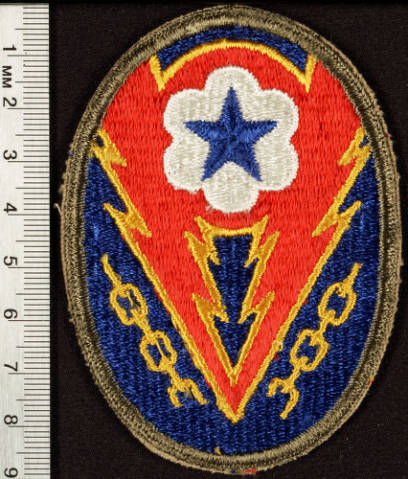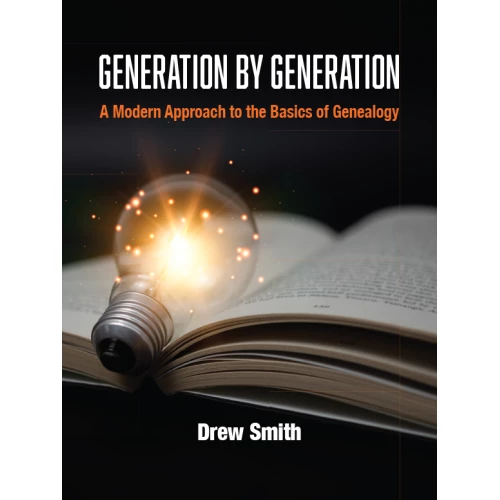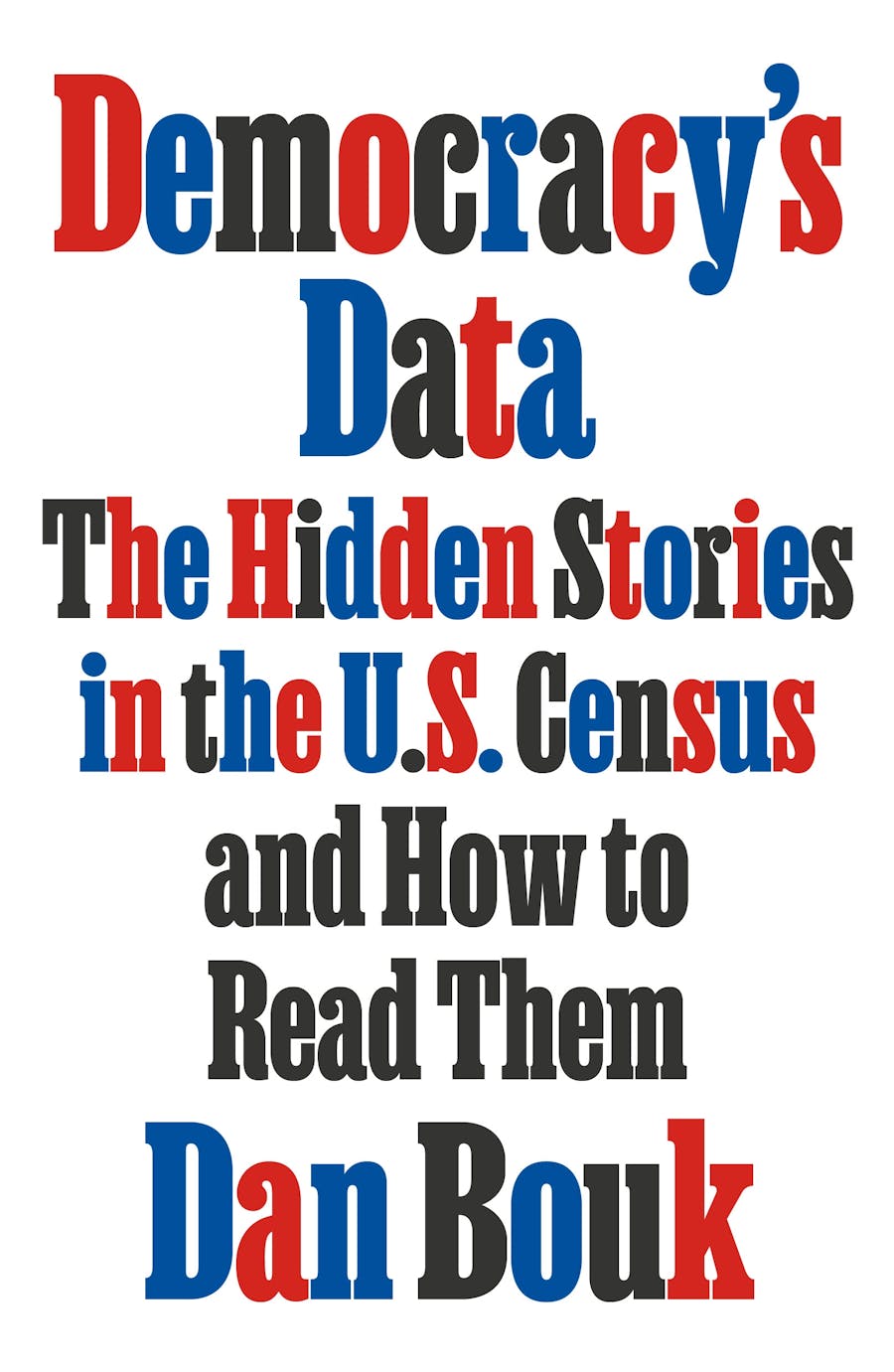This week's #52Ancestors prompt from Amy Johnson Crow is "begins with a vowel." Great--a chance to write about one of the favorite female ancestors in my husband's family tree: Asenath Cornwell Larimer (1808-1897). At top, Asenath's home in Santa Monica, California, where she spent her last years after quite an adventurous life.
Canada to Ohio to Indiana
Asenath and her siblings were born in Canada, according to multiple Census records over multiple years. How she wound up in Ohio, I don't know. But on August 14, 1832, in Fairfield county, Ohio, she married hubby's great-great-great uncle James Larimer (1806-1847). They had 6 children together (sadly, one died in infancy). Within a year, they moved to Elkhart county, Indiana as pioneer farmers, clearing heavily wooded land to raise crops.
After James was accidentally thrown from a horse and died early in 1847, Asenath was left the family farm in Indiana and still had five children under the age of 10 to raise. Her brothers and in-laws helped out, but it was a struggle.
Gold Rush journey
Within a few years, she made a bold but emotionally difficult decision: Sell the farm, leave the children in care of family and friends, and use the money to accompany her brother John Cornwell, a jewelry merchant, on a journey to the Gold Rush in California. Starting in March, 1852, they took two steamboats en route to joining a wagon train at Lexington, Missouri.
During the long, arduous trip west, Asenath wrote in a journal from March 1852-March 1853 about the daily thoughts and events of that period. Although her oldest son tried to dissuade her from leaving for California, she wrote in her journal about her strong faith: "...looking forward to the dangers and trails of the way, I feel very gloomy, but in the Lord put I my trust." She missed her children very much, yet she was hopeful of establishing herself in a new place where she could earn a living and the family would be reunited in the future.
By mid-May of 1852, her wagon train joined a "constant crowd of wagons" headed west. She wrote: "Colera [sic] and small pox both among these trains. 30 fresh graves have been counted on that road." Several more of her traveling companions sickened, passed away, and were buried, even as babies were born.
California had been a state for less than two years--and Asenath writes of passing out of the United States, then entering the States again during the journey. By September of 1852, six months after leaving Indiana, she and her brother John reached Volcano (east of Sacramento). They went 8 miles further to Clinton, where they chose a lot and set up a tent. Her brother prospected for gold while Asenath earned a bit of cash washing, patching, and baking.
After a while, when her brother did not strike gold, she moved to San Francisco and reinvented herself based on her skill in baking.
John, for his part, traveled back to his family in Athens, Ohio and reopened his jewelry store. He also kept a Gold Rush journal. The store he reopened prospered for more than a century, finally closing its doors in 2019.
Putting down roots in California
Meanwhile, Asenath opened a bakery in San Francisco in the early 1860s. Soon, one of her married sons moved west and she lived with him and his family, continuing her bakery business.
Later, she moved south to Santa Monica in Los Angeles County, Calif., where she was a force in establishing the first public library. Her granddaughter Elfie Asenath Mosse (1867-1939) was the first librarian in 1890. The quote above talks about Asenath's early involvement in the Santa Monica community and library.
Asenath never remarried. At the age of nearly 89, she passed away in 1897 and was buried in Woodlawn Cemetery in Santa Monica. I'm in the process of putting her bite-sized bio in multiple places, including here, WikiTree, and Find a Grave.
Remembering Asenath
Thanks to her journal and her civic involvement, Asenath has been mentioned in a number of sources that are digitized and searchable online. I hadn't seen her home before, which is in the Santa Monica Image Archives (image is at top of post). But clearly, Asenath is going to be remembered inside and outside the family, because her name and her life are referenced in a variety of places (not just on my blog and family trees).














































